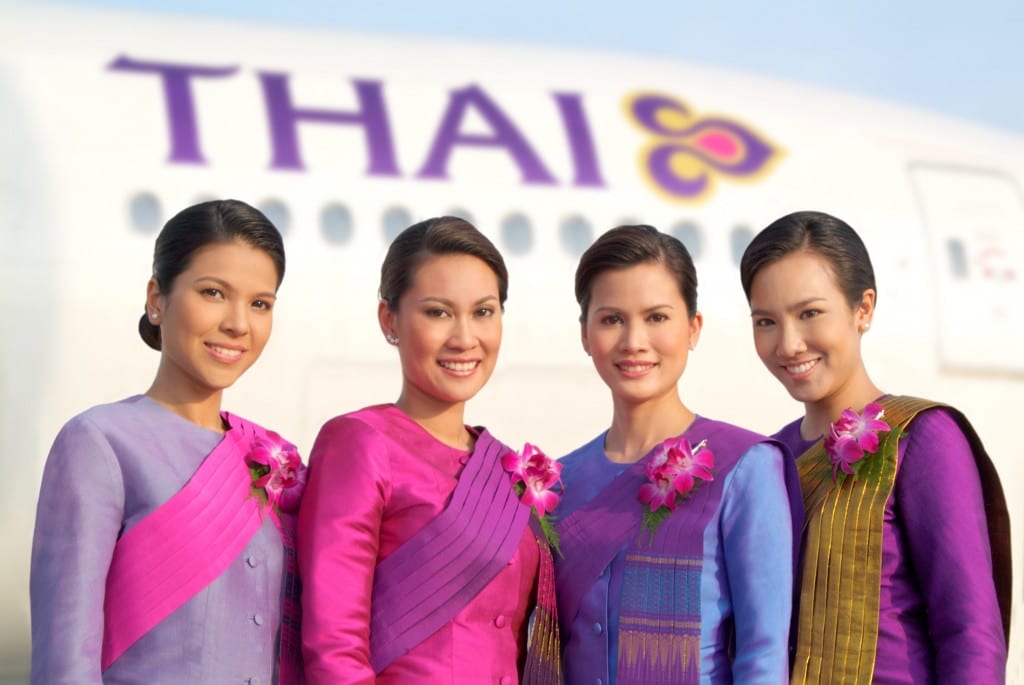
The ban was explained on Friday by the airline’s director of security and flight standard division, Flight Lieutenant Pratthana Pattanasirim. Thai Airways received two new 787-9 Dreamliners in September, which included brand new Zodiac Cirrus seats for their Royal Silk business class in a more spacious 1-2-1 configuration.
The seats convert to a fully flat bed and allow privacy and direct aisle access.
In accordance with the US Federal Aviation Administration, the seats have been installed with new airbag systems and safety belts, which cannot accommodate passengers with a girth wider than 56 inches (142.24 centimetres).
This also rules out parents flying with young children seated on their laps, who will now be forced to fly cattle class on the Bangkok to Auckland and Taipei routes the new Dreamliners operate.
The new Boeing 787-9 planes were introduced to bring the most technologically advanced aircraft to its fleet for passenger comfort, and to open up opportunities to fly new long distance, non-stop routes to destinations such as North America.
This is in addition to their existing fleet of Boeing 787-8s (slightly smaller than the 787-9s) and Airbus A350s (a direct competitor to Boeing’s Dreamliner) – which operate on flight routes to Europe, Melbourne and Singapore.
Of course, this is not the first time international airlines have sidelined overweight passengers.
In 2013, Samoa Air was the world’s first airline to charge passengers according to their weight. The now defunct airline asked passengers for one Samoan tala –around 55 cents – for each kilo that they were bringing aboard (including luggage). Samoa has one of the highest rates of obesity in the world, with nearly three quarters of its adult population considered obese.
Hawaiian Airlines also introduced a new policy for those flying to or from Pago Pago, American Samoa’s capital, whereby passengers were no longer allowed to choose their seats online and were subject to weighing before boarding, so that the airline could redistribute weight in its cabins accordingly.
The enforced weigh-in was made after the airline discovered their fuel burn on Pago Pago flights were consistently much higher than projected, indicating their estimated weight for the flight route was inaccurate.
In late 2017, Finnair began weighing their boarding passengers as they believed the average weight estimates from the European Aviation Safety Agency (EASA) – a report compiled nine years ago – were off.
The EASA estimates the average male weighs 84.6 kilograms, and the average female 66.5 kilograms. Yet average weights for the Finnish population tend to be slightly higher at 85 kilograms for males and 70 kilograms for females.
So Finnair set about conducting its own report, surveying 2000 voluntary passengers to gain more current figures on passengers’ weight.
To estimate how much fuel is required for a flight, airlines must know the weight its aircraft carries.
The heavier the plane, the more expensive the flight, but safety is an important factor too as planes have a maximum take-off weight.
The new seats in business have been installed with new airbag systems and safety belts, which cannot accommodate passengers with a girth wider than 142.24 centimetres.